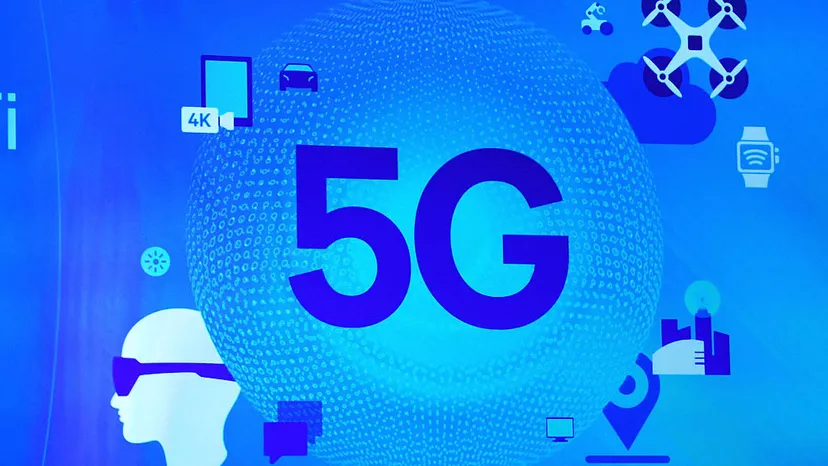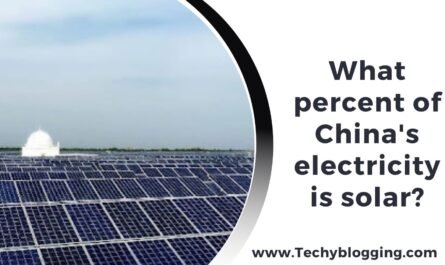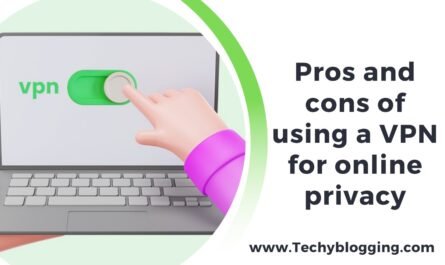While technology is evolving rapidly technology, the next generation of wireless technology, called 5G, will revolutionize the way people connect to the web and interact with each other. 5G promises to provide more speed, lower latency and to accommodate more connected devices than before. What exactly is 5G and how does it function? In this post we’ll go over all you need to be aware of about the technology 5G as well as its elements, as well as the potential implications for various sectors.
What is 5G Technology?
5G, also known as “fifth generation,” is the most recent standard in mobile networks. It follows the previous standards of 4G, 3G and 2G. It was created to add significant speedier data transmission as well as improved network reliability as well as lower latency. This can enable a wide range of innovative applications ranging including real-time communications and immersive experiences, to IoT (Internet of Things) smart cities as well as autonomous vehicles.
Key qualities of 5G
- Higher speeds 5G could provide download speeds up 100 times more than 4G. It means that you can download games, movies or huge files in fractions of the time for existing internet.
- Low latency It refers to the amount of time that passes between the sending of a request and getting an answer. 5G significantly reduces the delay and makes real-time communications more smooth and reliable, especially for applications such as VR (VR) as well as AR. (AR).
- Greater capacity 5G networks will accommodate more devices connected in an area. This is vital as the amount of devices connected continues to increase worldwide.
- Improved Reliability 5G’s network was create to be more stable that is, it has fewer connections dropped as well as more stable service even in remote or crowded zones.
How Does 5G Work?

For a better understanding of how 5G operates is important to understand that it is a mix of technology and improvements to infrastructure that have been made over the previous generation of wireless technology. These are the essential elements that make 5G possible:
1. Millimeter Waves
One of the more talked about features of 5G technology is the usage of millimeter waves that are high frequencies radio waves. They range between 30 and 100 GHz. They are much greater than the frequencies utilized by 4G.
- What are millimeter waves? These higher frequencies permit faster data transmission as well as less interference. They also come with smaller ranges, and can be vulnerable to interference from obstacles such as trees and buildings. In order to take maximum use of millimeter wave 5G networks will require tiny cell towers and infrastructure that can warrant an uninterrupted, reliable coverage.
2. Small Cells
In order to make use of millimeter wave technology 5G networks depend heavily on tiny cells–compact bases stations that span tiny areas. This is typically one city block, or the streets of a few. Small cells are able to create an extensive connected network capable of handling large amounts of data, without overburdening.
- Benefits of smaller cells Contrary to traditional cell towers, smaller cell towers are not as visually invasive they are more affordable and are easier to install. They’re particularly beneficial in areas of urbanization in areas with a large demand for capacity.
3. Massive MIMO (Multiple Input, Multiple Output)
MIMO MIMO is an advanced technology that enables cell towers to transmit and receive data more frequently using together numerous antennas. 5G networks employ Massive MIMO that involves hundreds or even thousands, of antennas within one tower. It increases the efficiency and capacity of the network, which allows it to accommodate greater numbers of users and devices simultaneously.
- What it does instead of sending information to one user or device at the same time, Massive MIMO can direct signals to multiple users simultaneously increasing the speed of network connections and decreasing the amount of interference.
4. Beamforming
Beamforming is yet another method of technology that is used in conjunction with MIMO. It lets the network concentrate signals specifically towards an individual user or device rather than broadcasting them across all directions. This increases signal quality minimizes interference and allows faster speeds.
- The benefits of beamforming By with beamforming 5G networks are able to focus on providing more specific, effective data transmission, which can improve users’ experience, even in highly urbanized areas.
The Impact of 5G on Different Industries
The capabilities of 5G are anticipated to make a significant impact on many different sectors. These are the sectors that stand to benefit the most of 5G technology.
1. Telecommunications
for telecom firms, 5G represents a huge improvement in capacities and the customer experience. With higher speeds and less latency, customers will experience more efficient mobile internet as well as businesses benefit from a more stable and reliable communications networks.
- 5G in business Businesses can use 5G for the most advanced functions, such as cloud computing, remote solutions for work as well as business collaboration tools increasing productivity and efficiency.
2. Autonomous Vehicles
5G is expected to play an important function in enabling self-driving vehicles (self-driving automobiles). These vehicles depend on real-time data transmission to aid in the safety of drivers, navigation, as well as coordination with other vehicles as well as infrastructure.
- How 5G will help the low delay and fast speed of 5G can allow self-driving vehicles to communicate with one another and the surroundings almost instantly which will reduce the chance of collisions and improving traffic flow.
3. Healthcare
Healthcare-related sectors, 5G will enable remote surgery, telemedicine and real-time transmission of medical records. Low-latency and high-reliability capabilities of 5G will allow remote consultations as well as virtual health services more practical as well as efficient.
- Telemedicine Doctors can conduct diagnostics and consultations through HD video calls that have minimum delay, in remote areas that have a lack of medical infrastructure.
4. Smart Cities
5G is the foundation for intelligent cities that will see everything from traffic light to waste management can be linked with the Internet. The ability of 5G to manage massive number of devices connected to the internet will prove vital for cities seeking to be more efficient green, sustainable, and comfortable.
- Intelligent infrastructure The benefits range from optimization of traffic and energy efficiency, 5G will be able to help technology like Internet of Things (IoT) applications to make cities efficient and responsive to demands of the citizens.
5. Entertainment and Media
Gaming streaming, gaming, and VR, 5G technology will provide quicker downloading, better quality streaming and immersive experiences. Applications that are sensitive to latency, such as real-time multiplayer gaming will greatly benefit due to 5G’s low latency.
- Virtual and Augmented Reality 5G’s rate of data transfer and its lower latency should enable AR and VR much more fluid as well as have applications for gaming and education, as well as retail and more.
Conclusion
5G technology is expected to change the way we think about technology through its unbeatable speeds as well as connectivity and security. This technology will drive the development of autonomous cities, smart cities vehicles, IoT and a myriad of other cutting-edge technology. Although the rollout of the 5G infrastructure is in progress, the potential of the technology is apparent, and the impact on both consumers and businesses alike is bound to be significant over the next few years. When 5G technology becomes more prevalent and widespread, we will soon be living in an increasingly connected world with faster, better-quality communications open the doors to fresh opportunities and new opportunities.




